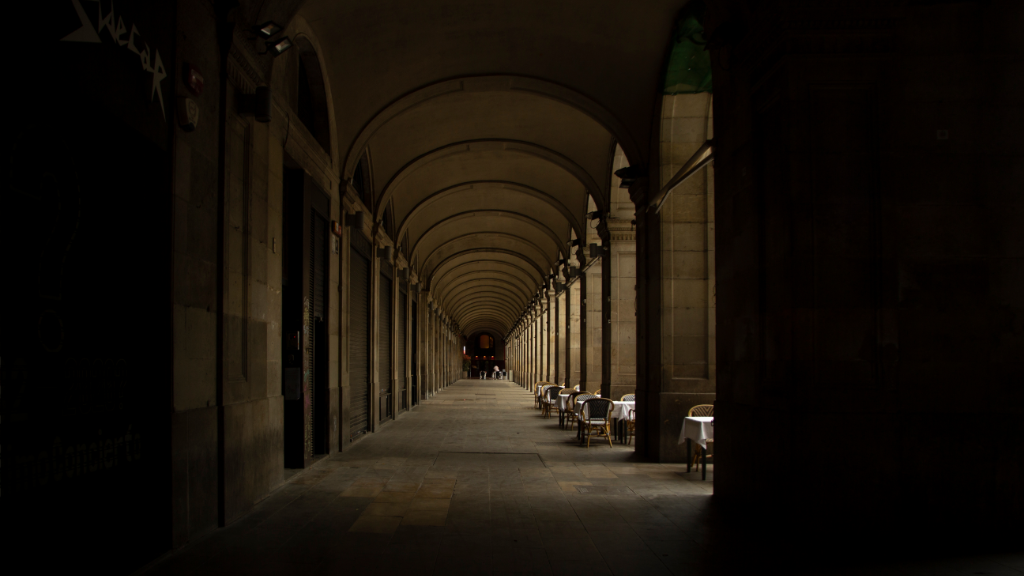The Lady of Shalott

The painting above titled “The Lady of Shalott” created by John William Waterhouse in 1888 is inspired by a ballad written by Alfred Tennyson in 1833 which shares the same name. This piece is a wonderful example of the intersection between literature and art. Here we are able to visually reflect upon and interpret the lady of Shalotts’s mental state and possibly her experiences that have lead to this moment. With little to no knowledge of her tale, we can still sense her sorrow and even a sense of relief regarding the action she seems to be taking. However, if we incorporate a reading of Tennyson’s ballad with our inspection of this painting we can better understand the story this piece tells and the importance of different elements in this scene.
In this post we will briefly review Tennyson’s short story to help shed light on Waterhouse’s painting and bring a deeper interpretation to this already capitating visual story. When brought together, the ballad and the painting create a multifaceted world which we can explore in both the world of literature and the world of art.
The Lady Of Shalot by Alfred, Lord Tennyson (1833) Explained
The ballad “The Lady of Shalott” examines the experiences of a solitary weaver who is bound to a tower by a curse. Due to the nature of this curse she cannot go or even look outside but through the use of a magic mirror, she is able to weave images of the world that are presented to her. Because her tower is not far from Camelot, there are many happenings outside of her window, and one day Sir Lancelot passes by. Following this moment, she grows tired of viewing the world through the mirror and is compelled to leave her weaving, her loom, and to peer out the window at Lancelot. Once she does, however, it seems the consequences of her curse begin to set in and she begins to die. The Lady of Shalott then descends from her tower and lays herself in a boat that will become her final resting place. The boat floats down to Camelot where Lancelot see her, he mourns the death of this unknown beauty, and the ballad is concluded.
Details of John William Waterhouse’s Painting “The Lady of Shalott” (1888)
The most important and glairing details in this piece detail the lady of Shalott’s resignation to her own death at the end of the ballad. We find her sat steadily in a boat, chain in hand to explain that she has undocked and is allowing the tide to carry her away. The blanket she is sat upon (one she very way may have weaved herself) depicts an image of a knight, one who could be Lancelot. In the center there is a castle and a woman who almost resembles herself. The look she casts is one that requires interpretation. If we base this expression purely on Tennyson’s ballad, then we can consider her mood a mix of sadness, fear, and maybe relief or excitement to be freed from her solitary life. However, when considering the blanket which could be a reflection of the lady’s desire or attraction to Lancelot, she could be entranced and off on her own dizzying to search for this figure she has only seen from a distance, but has non the less compelled her to leave her life behind.
Final Thoughts
The Lady of Shalott, both the ballad and the painting, tells a harrowing yet beautiful tale that could easily be found in a book of Grimm’s household tales. With the haunting curse shrouded in mystery and the Arthurian themes and characters, we find such a vibrant story to reflect upon and enjoy. This is one of many stories adapted into a painting and we will explore more areas where art and literature intersect in our next post.


